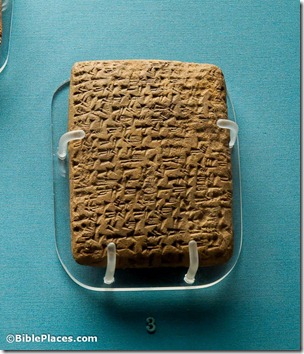One of the exciting things about living in Israel is how quickly archaeology can change the landscape of our understanding of the biblical world. Our picture of the ancient Near Eastern world is constantly developing and becoming more nuanced, largely due to the work of archaeologists operating in Israel.
Israel, home to an estimated 30,000 archaeological sites (and counting), produces large quantities of archaeological architecture and materials of biblical significance that are often passed over by tourists, students and even scholars who visit the Land. While readers of this blog are considerably more well-informed regarding biblical archaeology’s rapid developments than the general public – there still remains a bit of a gap between exposure to the information and first-hand experience through visiting the various “secret places” scattered throughout the country.
With this in mind, the purpose of this upcoming series is three-fold: 1.) to expose the reader to off-the-beaten path locations, new archaeological sites and museums, and significant views and overlooks; 2.) to inform the reader on the importance of these locations by connecting the site with the historical/biblical data; and 3.) to show the reader how to get to these locations when visiting Israel.
